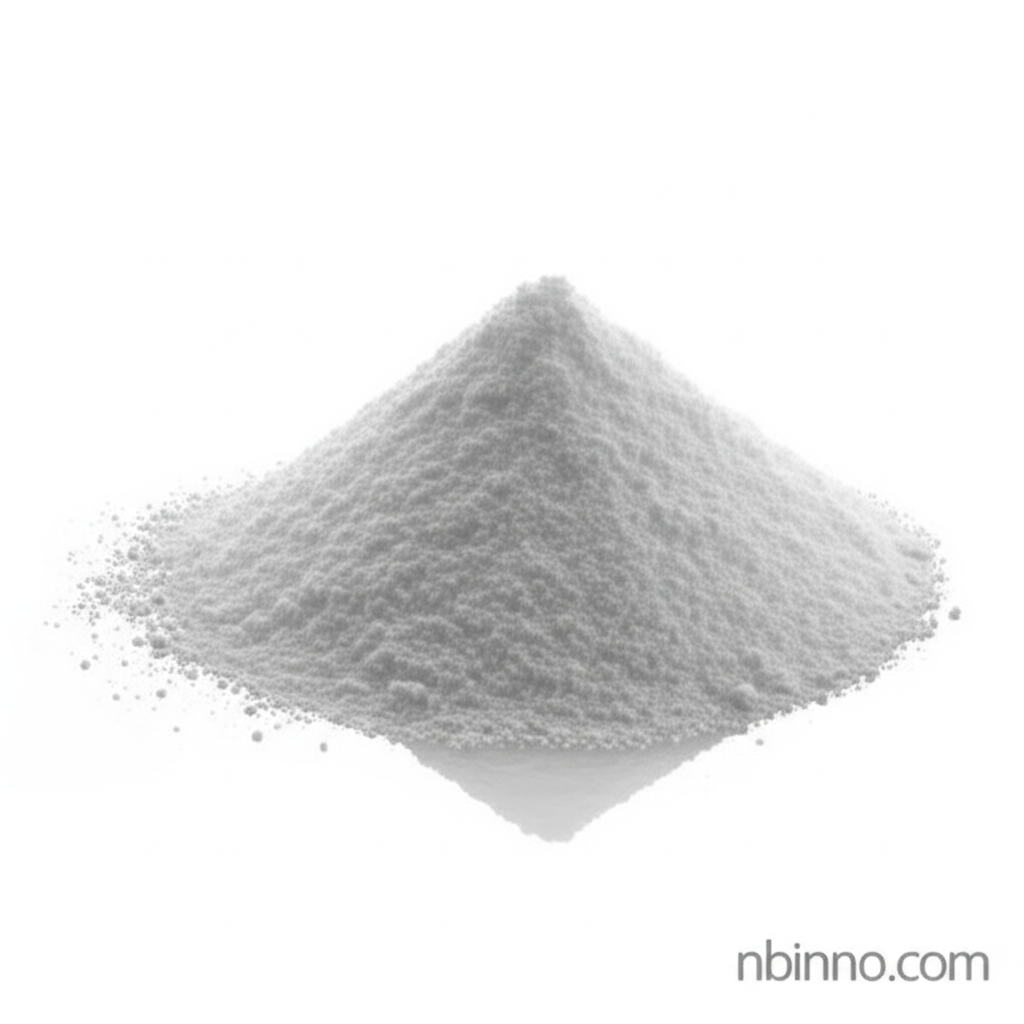N-(8-Aminooctyl)methacrylamide Hydrochloride: Synthesis, Properties, and Applications
Unlock advanced polymer functionalities with this key monomer.
Get a Quote & SampleProduct Core Value

N-(8-Aminooctyl)methacrylamide Hydrochloride
This compound is a crucial bifunctional monomer, featuring both a reactive methacrylamide group for polymerization and a primary amine group that can be further functionalized or interact in various chemical processes. Its hydrochloride salt form enhances stability and handling.
- Explore the synthesis routes of N-(8-Aminooctyl)methacrylamide Hydrochloride to understand its production and availability.
- Delve into the specific properties and characteristics of N-(8-Aminooctyl)methacrylamide Hydrochloride for precise application.
- Discover the diverse applications of N-(8-Aminooctyl)methacrylamide Hydrochloride in creating advanced materials.
- Learn why this compound is a vital building block for polymer synthesis and innovation.
Key Advantages
Versatile Polymerization
As a functionalized monomer, it allows for the creation of polymers with tailored properties, significantly impacting material science and polymer synthesis monomers.
Amine Functionalization
The presence of an amine group in N-(8-Aminooctyl)methacrylamide Hydrochloride provides a reactive site for post-polymerization modification or crosslinking, crucial for amine-based polymers.
Enhanced Stability
The hydrochloride salt form of this methacrylamide derivative contributes to improved stability, making it easier to store and handle during chemical research.
Key Applications
Polymer Synthesis
Used as a monomer in radical polymerization to create novel polymers with pendant amine groups, essential for advanced materials chemistry.
Material Functionalization
Can be incorporated into polymer backbones to impart specific properties, supporting the development of specialty chemical synthesis.
Crosslinking Agents
The amine groups can act as crosslinking sites, leading to the formation of networks in custom chemical manufacturing processes.
Bioconjugation
Its structure makes it suitable for bioconjugation applications, linking biomolecules to polymer scaffolds in various research settings.
